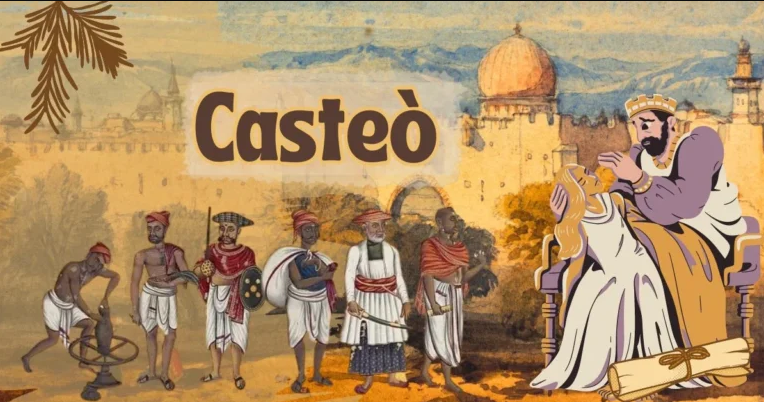introduction:
Casteò, a term historically rooted in South Asia’s complex social structures continues to shape identities and influence social dynamics in the modern era. While many societies have made strides towards dismantling overt discrimination the echoes of caste persist raising questions about the intersection of traditional identity and progress.
1. Changing Dynamics of Caste Identity:
In the modern era, the rigid boundaries of the caste system have undergone transformations influenced by urbanization globalization and increased mobility. While the traditional varna and jati distinctions persist in some regions individuals often navigate a more nuanced identity landscape. The diaspora experience of migration and intercultural exchanges have led to a blending of identities challenging the once-determined caste affiliations.
2. Caste and Socioeconomic Disparities:
Despite progress socioeconomic disparities along caste lines remain a significant concern. Lower-caste individuals often face barriers in accessing education employment and healthcare. While affirmative action policies aim to address these disparities their effectiveness is debated and challenges such as tokenism and stigma persist. Bridging these socioeconomic gaps requires comprehensive policies beyond reservations and focusing on skill development and equal opportunities.
3. Media Representation and Stereotypes:
The media plays a pivotal role in shaping societal perceptions and its influence on perpetuating caste stereotypes cannot be ignored. Television shows movies and popular culture sometimes reinforce traditional caste roles and perpetuate biases. It is essential to promote responsible media practices that challenge stereotypes depict diverse narratives and contribute to the broader societal conversation on caste.
4. Inter-Caste Relationships and Social Acceptance:
The modern era has witnessed a gradual shift in attitudes towards inter-caste relationships, challenging the traditional norms that dictated marriage within one’s community. While progress has been made resistance and social ostracism still occur. Advocacy for acceptance understanding and breaking down these barriers is crucial to fostering a society that values individuals for their character rather than their caste.
5. Technology, Social Media, and Activism:
Advancements in technology and the rise of social media have played a significant role in amplifying voices against caste discrimination. Online platforms provide spaces for dialogue awareness campaigns and the sharing of personal narratives contributing to a broader understanding of the nuanced challenges individuals face across caste lines.
FAQs:
What is the origin of the term “Casteò”?
The term “Casteò” has historical roots in the social structures of South Asia where it has shaped identities for centuries.
How has globalization impacted caste dynamics?
Globalization has led to increased mobility inter-cultural exchanges and a blending of identities challenging traditional caste affiliations.
What role does the media play in perpetuating caste stereotypes?
Media can reinforce traditional roles and biases related to caste. Responsible media practices are essential for challenging stereotypes.
Are inter-caste relationships more accepted now?
While progress has been made the social acceptance of inter-caste relationships still faces resistance in some communities.
How can technology and social media contribute to caste awareness?
Online platforms provide spaces for dialogue awareness campaigns and the sharing of personal narratives fostering understanding across caste lines.
Conclusion:
In conclusion, Casteò remains a multifaceted concept that intertwines traditional identity and progress. As we continue our journey towards a more inclusive society let us reflect on how we can dismantle barriers and foster understanding across caste lines. How can we collectively ensure that every individual’s potential is unlocked regardless of caste?






